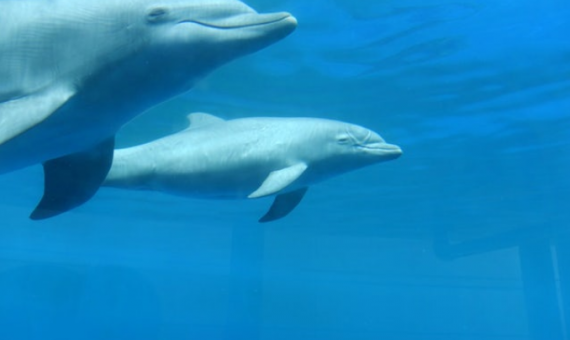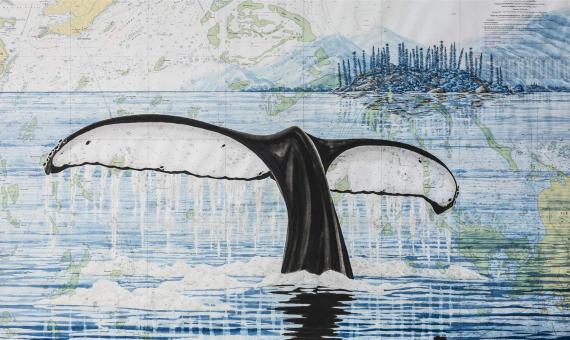Two scientists say marine preserves should be designed with enough flexibility to extend protections to where animals migrate. Click on the link below to read the full article.
Throughout human history, people have used art to elevate our passions and inspirations. Across the Pacific there is perhaps no greater form of inspiration than the ocean, which has both connected and provided for these island and coastal communities for centuries.
Turtles have been plodding the Earth and gliding through its waters for more than 200 million years. Some species now face a very uncertain future.Click on the link below to read the full article.
Marine protected areas (MPAs) are often used to protect patches of habitat that support species targeted for protection. Ideally, these protected habits should be well-connectedso that protected species can flow from one MPA to its neighbors. Click on the link below to read more.
Not all MPAs are created equal, in terms of biodiversity conservation. Many MPAs allow extractive uses like fishing or oil prospecting, while other "no-take" MPAs prohibit such uses.Click on the link below to read more.
The theory behind networks of marine reserves is that they allow protected pathways for species to grow and maintain populations through their lifecycle - from where individuals begin their lives (typically as planktonic larvae) to where they disperse and live later as adults.Click on the link be
World Tuna Day, May 2, is an opportunity to acknowledge one of the most widely consumed fish in the world, and reflect on how to protect it for future generations.
These stunning images were captured by a British underwater photographer as he swam with a pod of humpback whales with a young calf.Click on the link below to read the full article.
Samoa recently became the world's 17th shark sanctuary, joining other countries in the effort to preserve threatened shark species within their waters.Click on the link below to read the full story.
The Vatuvara Foundation's blog on their recent marine survey with the WCS is now live.








